Remember the olden days when babies’ bottoms were wrapped in traditional white cloth folded origami-style? That was the one and only fashion piece of all babies of that era. Traditional cloth diapers were not very absorbent thus the skin does not stay dry for long. Prolonged contact produces diaper rash.
The simple fact that an infant can use many cloth-folded diapers a day really does take a toll and disposable diapers fast became popular. However, they also create another set of problems and in recent years, there has been a rising interest in modern cloth diapers as a new option.
Disposable Diapers
| Advantages | Disadvantages |
| Convenience in time and availability | Skin reactions |
| Less manual labour | Exposure to Chemicals |
| Higher absorbency | Environmentally unfriendly |
| – | Expensive |
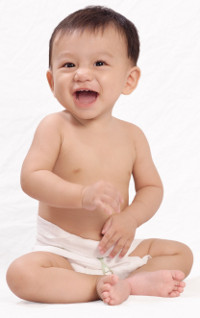
Disposable diapers help to reduce the incidence of rash so baby stays drier, but what makes them super absorbent?
If you have used disposables, you probably have noticed clear gel beads at the genital areas. Sodium polyacryate, dioxin and tributyl-tin are toxic chemicals that are present in disposables. Some babies suffer skin reactions when using disposable diapers. Environmentally, they are non-biodegradable, plastic components may never decompose, and exist as biohazardous waste living in landfills long after the wearers have grown up.
The largest pull factor of disposable diapers is convenience.
This alone is a very powerful attraction in our busy society. Convenience extends to availability and time efficiency – they can be found in most supermarkets and you can just pull a new one, use and throw. It takes the “eeks” and manual labour out of washing several soiled clothes a day.
What parents have to say:
Fen, a mother of two, shares that she uses disposables for both her children. “It’s more convenient when travelling to just pack the diapers and then throw rather than having to wash the cloth nappies and worrying about it drying etc. I think our lifestyle in this day and age promotes disposables more.” For some parents, cloth diapers may not be a worthwhile investment. Adelynn, a new mum, says it would be a waste if they were bought and things do not work out.
Modern Cloth Diapers
| Advantages | Disadvantages |
| Free of many chemicals in disposables | Washing and drying |
| Higher comfort | Takes effort to keep if outside |
| Cheaper | – |
| Environmentally friendly | – |
| Adjustable for better fit | – |
Cloth diapers have evolved and seek to address the pitfalls of the past prototype. Soiled diapers are now easier to wash with the availability of liners that catch the poop and can be flushed down the toilet. Cloth diapers are generally adjustable in size and can be used from newborn to up to 3 years. They come with absorbent removable inserts and stay cool and breathable.
There is a less known fact that cloth diapering facilitates early potty training as the sensation of wetting and thus learn to understand more about their body function. Of course, on the other hand, there are times of explosive poop episodes that even liners cannot save and the manual cleaning and drying can be a chore. When out, it takes effort to rinse and keep in a proper pouch.
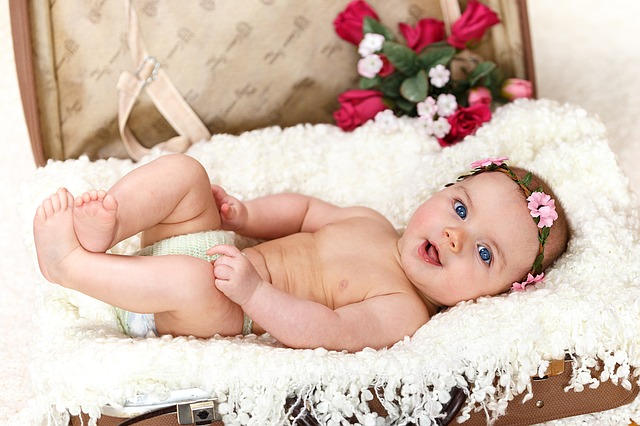
What parents have to say:
Li Yann decided to use cloth diapers because of environmental reasons. “I cannot bear the idea of his used diapers being dumped at the landfill, as they are non-biodegradable. Pros: save the environment, can be used for more than one child, many permutations available, cute colours and patterns. Cons: more laundry? But not really that big a deal because we do quite a few loads every week anyway.”
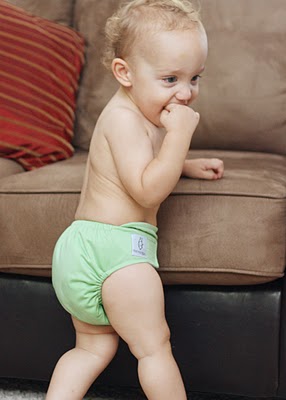
For Abby Lye, owner of Moo Moo Kow™, an online site selling modern cloth diapers, she found that many mummies switch to the traditional cloth diaper, but only for a short while as it becomes too much of a hassle to wash after each pee. Plus traditional diapers do not dry fast.
“With the new stay-dry cloth diaper, your baby’s bum will be kept dry at all times and this will help reduce and prevent rashes. Reusing the diapers also means mothers get to save more money too. Plus it is a one size diaper, which can be adjusted to fit new-born babies to 3 year olds.” Abby added.
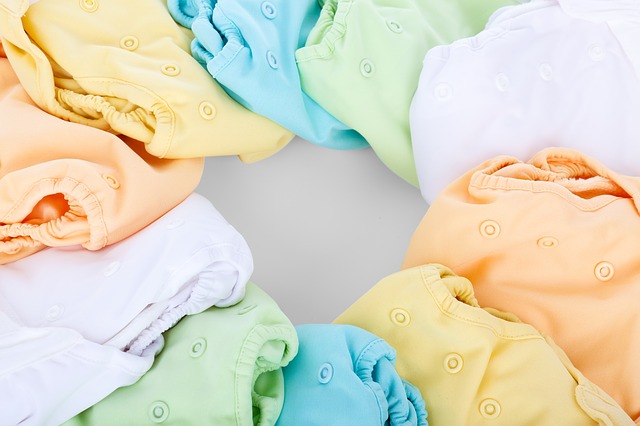
The Combo Mix
Some parents use both types depending on the situation. I am one of them. For example, if we are home for the day, I may use cloth diapers in the daytime but disposables at night so I don’t wake up the boy with the frequent change and movement due to unbuttoning the diaper. When travelling overseas, disposables are convenient as we are on the road and laundering may be an issue.
What Parents have to say:
Edwin, a father of a toddler, shares “I use cloth diaper because it is breathable and does not easily cause rashes to the child. However, as the child is now attending school, it is more of a no-choice to have to use disposables. But we do try to use cloth diapers if we have a long day home.”
Both disposables and cloth diapers have their benefits and limitations. Certainly, if we are to compare technically the pros and cons of both diapers, cloth diapers win by a huge margin. However, convenience is a very significant factor for many and that accounts for the popularity of disposables. Personal preference will depend largely on what benefits the parents are looking for in using a diaper.
By Som Yew Ya
Which do you prefer – disposable or cloth diapers and why? Share your thoughts with us!
If you find this article useful, do click Like and Share at the bottom of the post, thank you.





































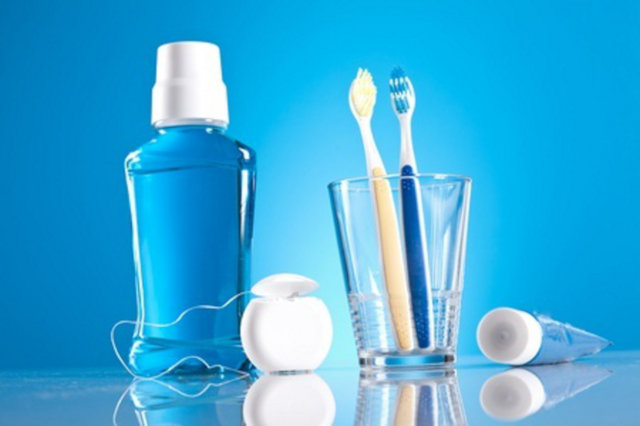
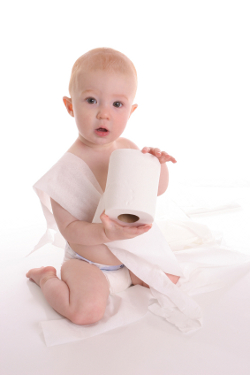
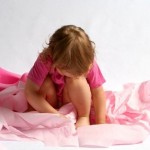
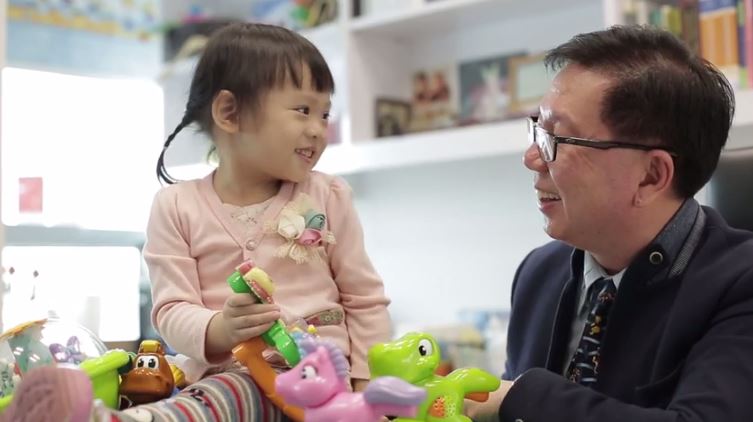


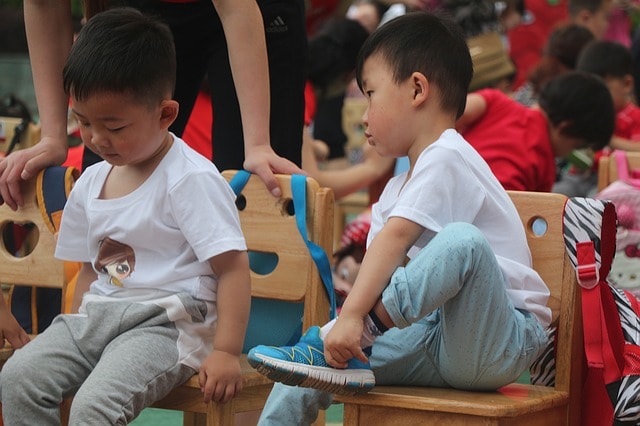

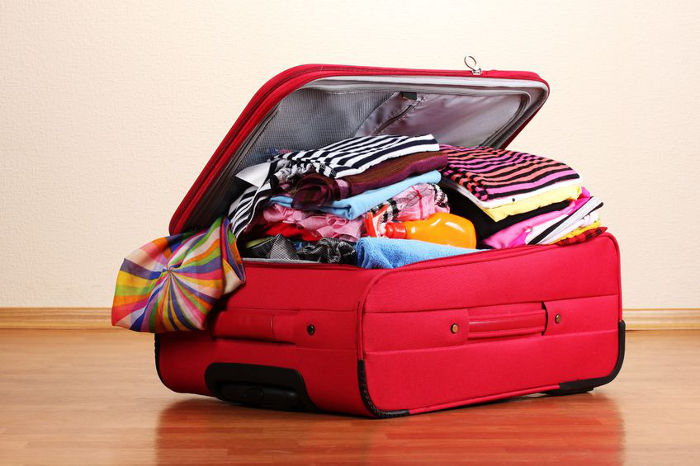
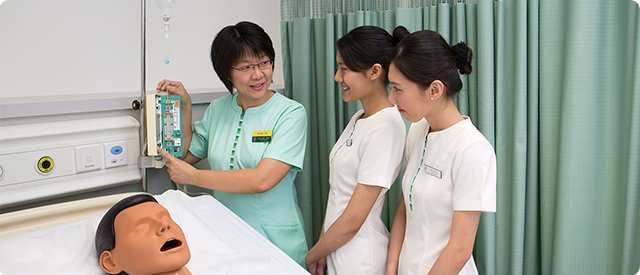










Leave a Comment: